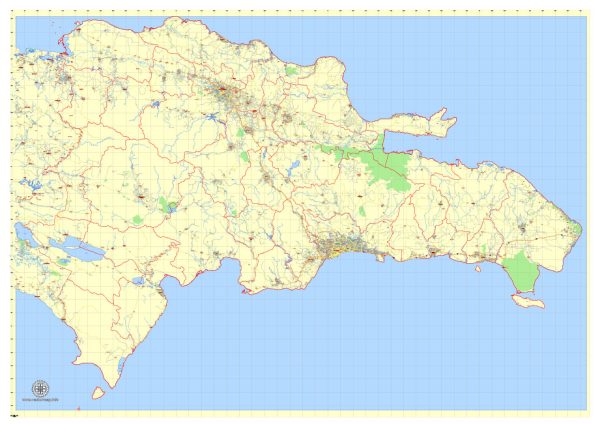The political history of the Dominican Republic is complex and marked by a series of political changes, coups, and periods of instability. Here’s a brief overview of its political history up to my knowledge cutoff date in January 2022:
- Colonial Era: The island of Hispaniola, which is now shared by the Dominican Republic and Haiti, was colonized by the Spanish in the late 15th century. Santo Domingo, now the capital of the Dominican Republic, was the site of the first permanent European settlement in the Americas. It remained under Spanish control until the 19th century when the Dominican Republic gained its independence.
- Independence and Annexation: The Dominican Republic declared its independence from Spain on February 27, 1844, and established itself as a sovereign nation. However, the country’s early years were marked by political turmoil, and it faced several invasions and occupations by foreign powers, including Spain, Haiti, and the United States.
- United States Occupation (1916-1924): The United States occupied the Dominican Republic for eight years, during which they attempted to stabilize the country’s politics and finances.
- Trujillo Dictatorship (1930-1961): Rafael Leonidas Trujillo, a military officer, seized power in 1930 and established a brutal and authoritarian regime that lasted for over three decades. His rule was marked by repression, censorship, and human rights abuses. Trujillo was assassinated in 1961.
- Post-Trujillo Era: After Trujillo’s death, the Dominican Republic went through a period of political instability, with various leaders coming to power and being ousted in rapid succession.
- Civil War (1965): A civil war broke out in 1965, following the ousting of President Juan Bosch. The conflict led to the intervention of the United States, with U.S. forces occupying the country briefly before a return to civilian rule.
- Democratic Period: Since the 1960s, the Dominican Republic has experienced periods of democratic rule interspersed with periods of political instability. There were several democratic elections and changes in leadership.
- Modern Politics: The Dominican Republic has held regular presidential elections and has witnessed shifts between the two major political parties, the Dominican Revolutionary Party (PRD) and the Dominican Liberation Party (PLD). Various individuals have served as presidents, and some have returned to power in non-consecutive terms.
- Economic Challenges: The country has faced economic challenges, including high levels of inequality and poverty, despite its status as a popular tourist destination and a growing economy.
- Contemporary Politics: As of my last update in January 2022, the Dominican Republic was led by President Luis Abinader, who assumed office in August 2020. The country has been dealing with issues such as corruption, healthcare, education, and economic development.
It’s important to note that the political landscape of the Dominican Republic may have evolved since my last update, so I recommend checking the most recent sources for the latest developments in its political history.


 Author: Kirill Shrayber, Ph.D.
Author: Kirill Shrayber, Ph.D.